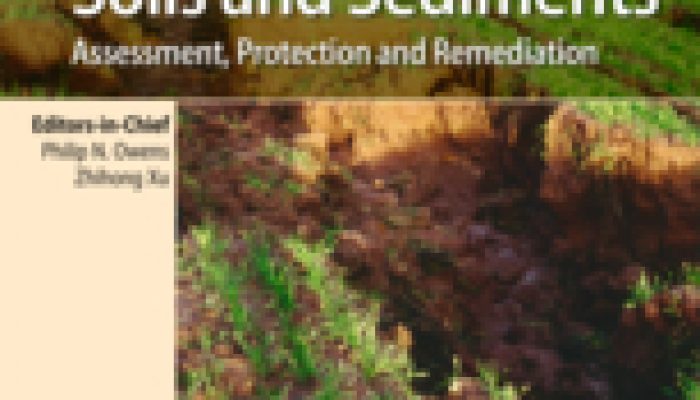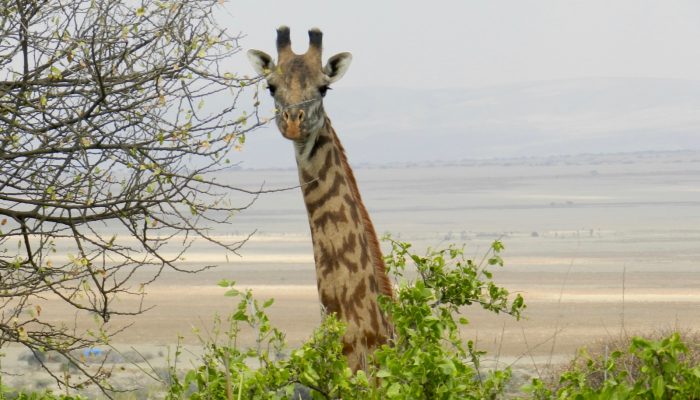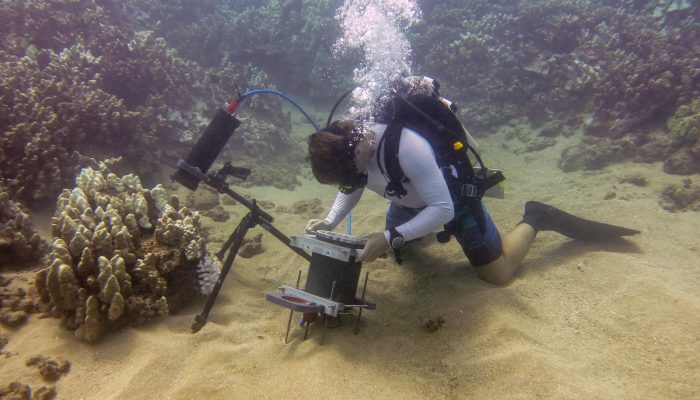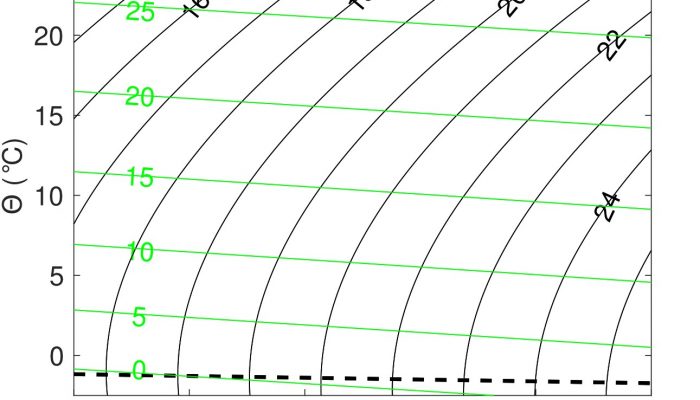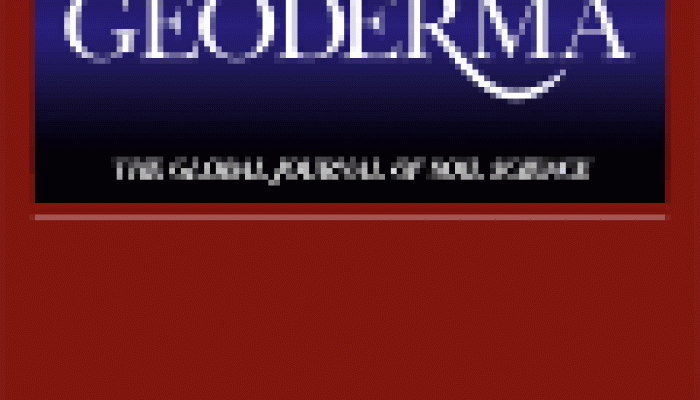Interested in the most relevant soil articles of 2015? In this short series of posts I’ve compiled a list of the 30 most cited articles of the top ten journals in the category of SOIL SCIENCES. Today, the last post of the series is published: JOURNAL OF SOILS AND SEDIMENTS.
Geomorphology
From process to signal – A Galileo conference on environmental seismology (6-9 June 2017)
I would like to draw your attention to the EGU Galileo conference (http://www.egu.eu/meetings/galileo-conferences/): “From Process to Signal – Advancing Environmental Seismology” taking place in Ohlstadt, Bavaria, Germany from 6-9 June 2017. The workshop is orgnized by a team from the GFZ Potsdam (Jens Turowski, Michael Dietze, and Anne Schöpa), and aims to discuss the current u ...[Read More]
Soil System Sciences
TOP-30 papers in the TOP-10 journals of the SOIL SCIENCES category (IX): CATENA
Interested in the most relevant soil articles of 2015? In this short series of posts I’ve compiled a list of the 30 most cited articles of the top ten journals in the category of SOIL SCIENCES. Today: CATENA.
Soil System Sciences
TOP-30 papers in the TOP-10 journals of the SOIL SCIENCES category (VIII): APPLIED SOIL ECOLOGY
Interested in the most relevant soil articles of 2015? In this short series of posts I’ve compiled a list of the 30 most cited articles of the top ten journals in the category of SOIL SCIENCES. Today: APPLIED SOIL ECOLOGY.
Soil System Sciences
TOP-30 papers in the TOP-10 journals of the SOIL SCIENCES category (VII): SOIL & TILLAGE RESEARCH
Interested in the most relevant soil articles of 2015? In this short series of posts I’ve compiled a list of the 30 most cited articles of the top ten journals in the category of SOIL SCIENCES. Today: SOIL & TILLAGE RESEARCH.
Seismology
The tough life of a seismologist in the field
I have just been asked: “do you shun field work as most seismologists do?” My answer was “Definitely not!”. I was trained as a geologist but my PhD in computational seismology kept me away from the field for a while. Yet, today I have a story to tell you as I am just back from my first seismological field trip. Two months ago my research group deployed a network of seismic stations in ...[Read More]
Biogeosciences
Coffee break biogeosciences–in situ sub-millimeter scale resolution imaging of benthic environments
Coral reefs and other benthic marine ecosystems play a very important role in the biogeochemical cycles of our oceans. However, laboratory based study of these environments ranges from being difficult to actually impossible. In order to look at the microscopic-scale processes that occur in the benthic environment a team of scientists developed the Benthic Underwater Microscope (BUM). The device, w ...[Read More]
Cryospheric Sciences
Image of the week – Our salty seas and how this affects sea ice growth
Earth’s oceans are not simply just water, they are a complicated multi-component fluid consisting of water and dissolved salts (ask anyone who has tried to drink it!). The existence of these salts has a significant impact on global ocean circulation. Nowhere is this more significant than in the polar oceans where it is one of the key factors influencing sea ice formation. In this week’s imag ...[Read More]
Soil System Sciences
TOP-30 papers in the TOP-10 journals of the SOIL SCIENCES category (VI): GEODERMA
Interested in the most relevant soil articles of 2015? In this short series of posts I’ve compiled a list of the 30 most cited articles of the top ten journals in the category of SOIL SCIENCES. Today: GEODERMA.
Soil System Sciences
TOP-30 papers in the TOP-10 journals of the SOIL SCIENCES category (V): PLANT AND SOIL
Interested in the most relevant soil articles of 2015? In this short series of posts I’ve compiled a list of the 30 most cited articles of the top ten journals in the category of SOIL SCIENCES. Today: PLANT AND SOIL. Do you miss something? Post your comment.

